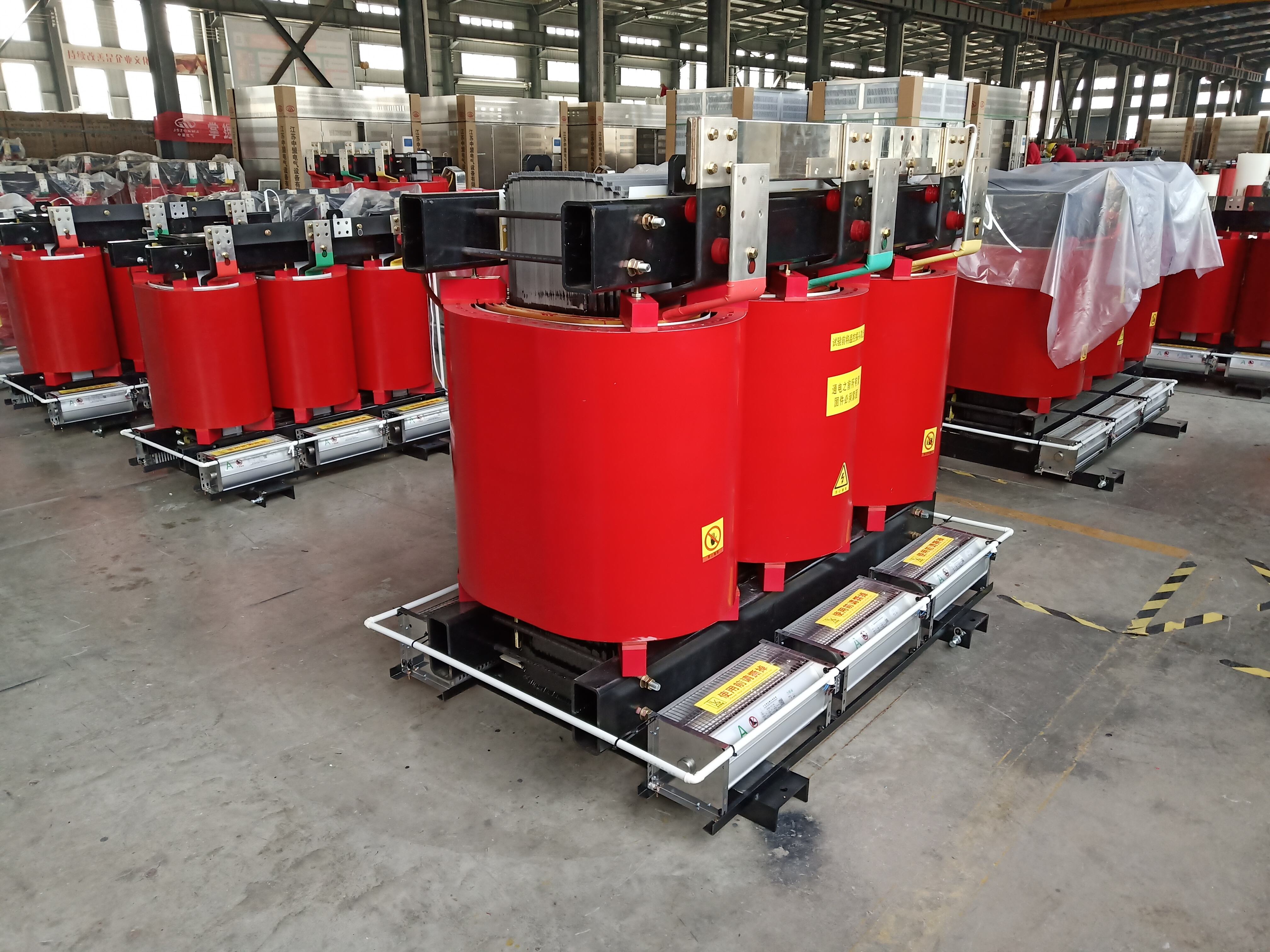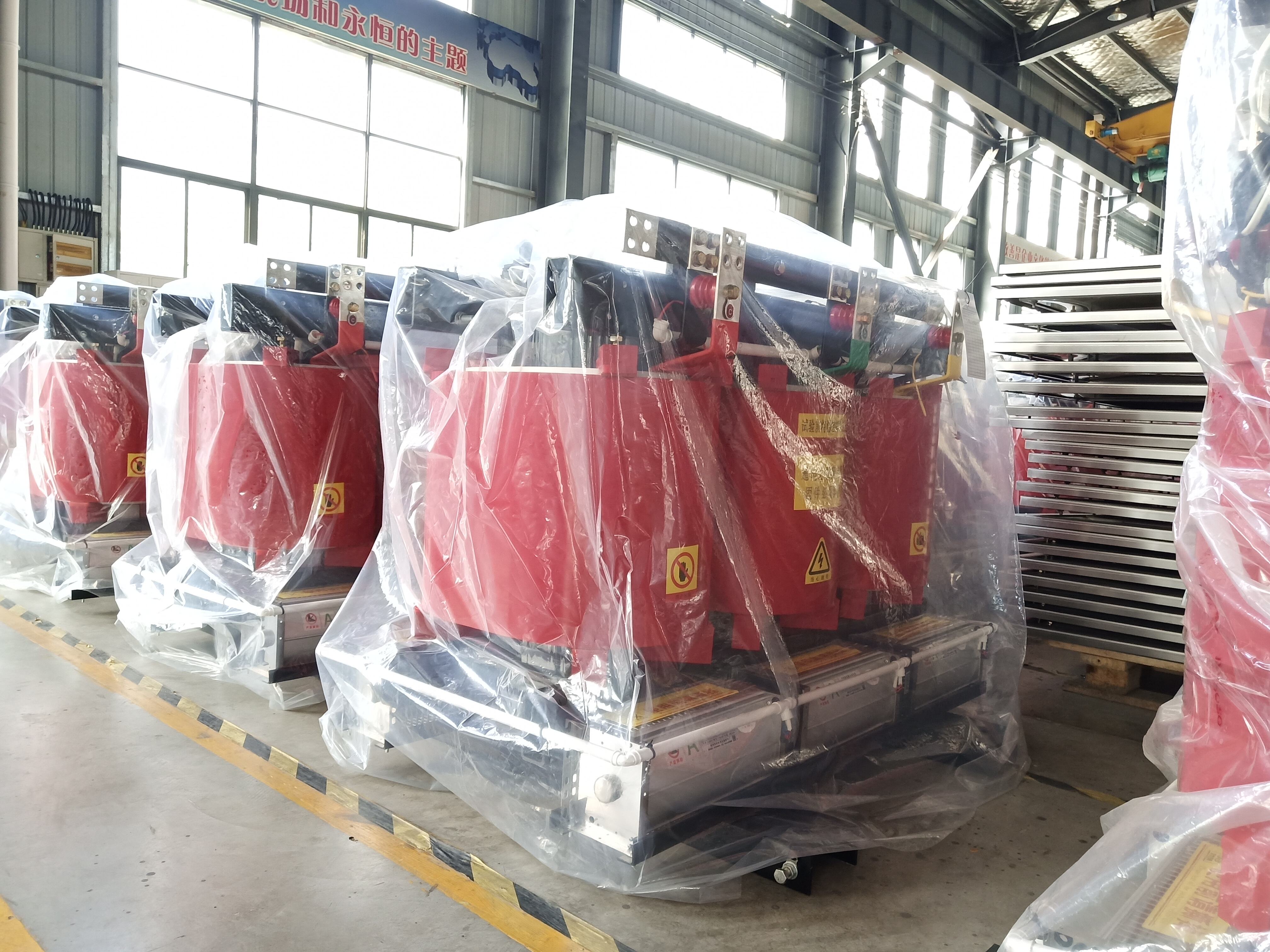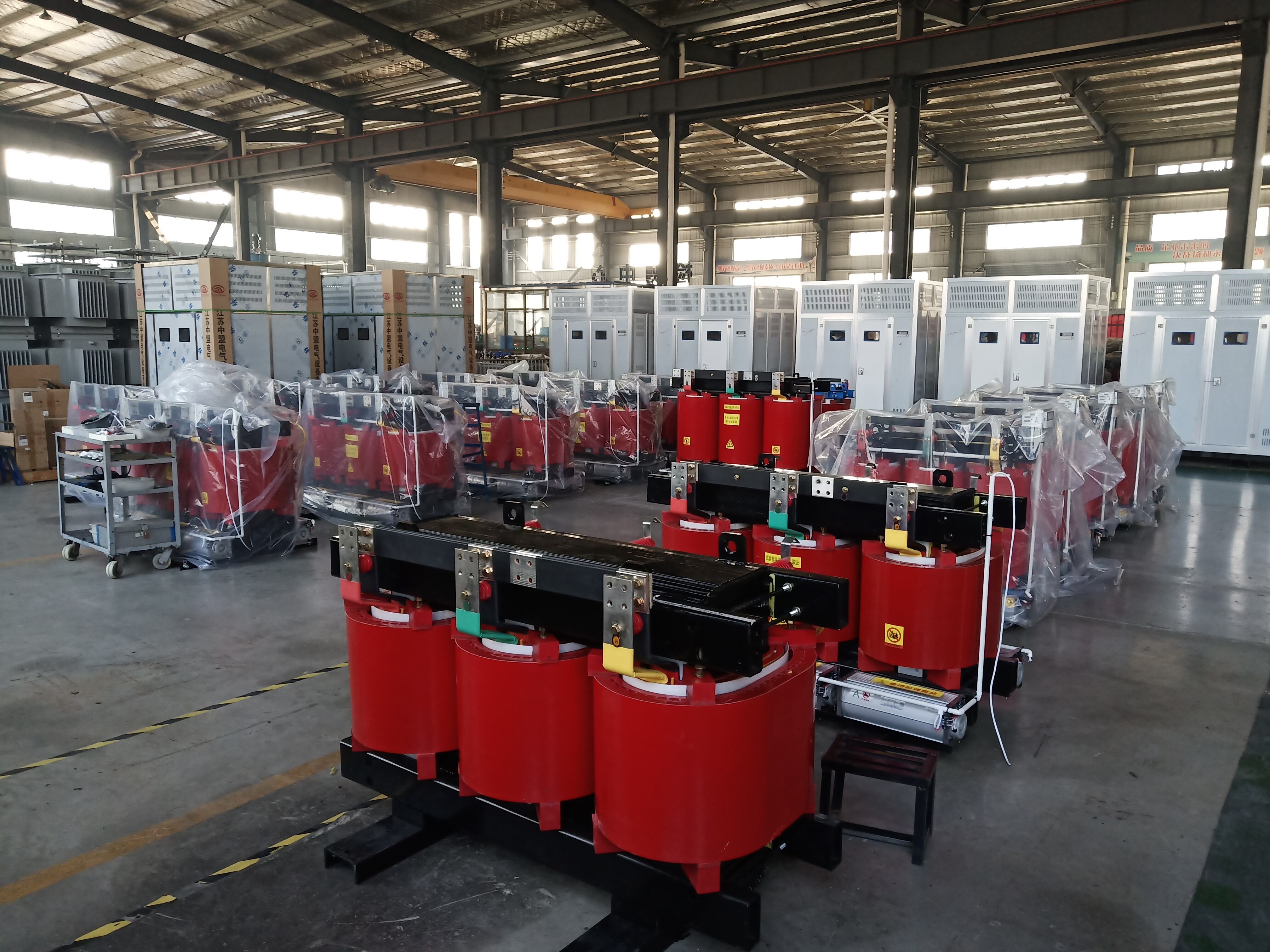distribution substation transformer
A distribution substation transformer is a critical component in power distribution systems, serving as the vital link between high-voltage transmission networks and end-user electrical requirements. These transformers are engineered to efficiently step down high voltage power to lower, more manageable levels suitable for local distribution networks. Operating at voltages typically ranging from 69kV to 4.16kV on the primary side and delivering power at 400/230V on the secondary side, these transformers incorporate advanced cooling systems and sophisticated monitoring equipment to ensure reliable operation. The core design features include robust insulation systems, tap changers for voltage regulation, and protective devices that safeguard against electrical faults. Distribution substation transformers are equipped with modern SCADA interfaces, enabling remote monitoring and control capabilities that enhance operational efficiency. These units are built to withstand various environmental conditions and feature oil-immersed designs that provide excellent cooling and insulation properties. The transformers play a crucial role in maintaining power quality, managing voltage fluctuations, and ensuring consistent power delivery to residential, commercial, and light industrial consumers. Their design prioritizes energy efficiency, minimal maintenance requirements, and long-term reliability, making them essential assets in modern power distribution infrastructure.


